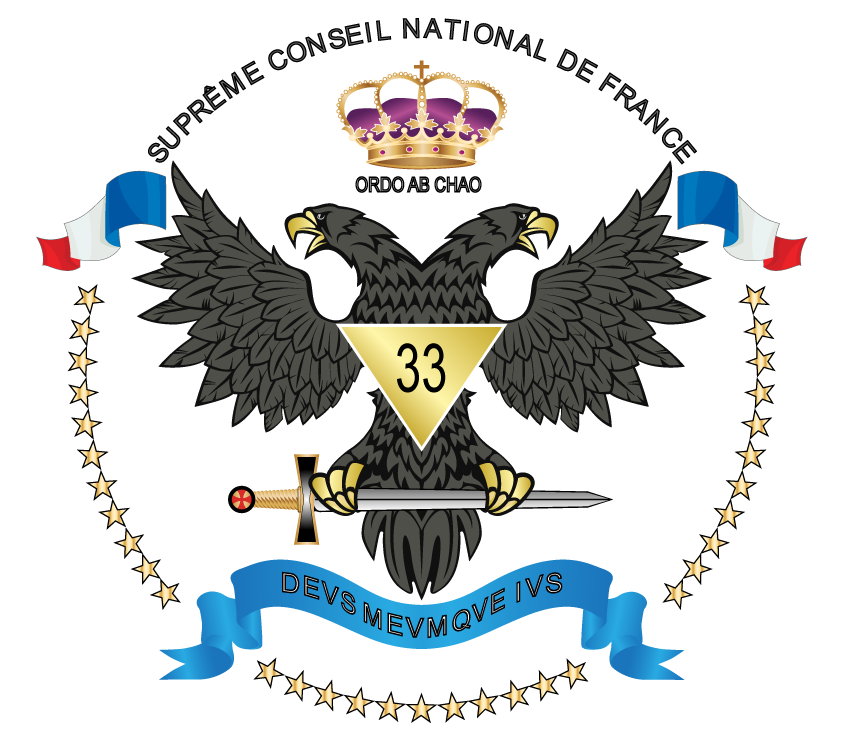After nearly a hundred years of political and religious civil wars, England needed to heal the wounds, to reunite the social body, to bring together what was scattered, following the example of the Royal Society for the sciences and the arts, while avoiding the "irritating subjects": politics and religion.
At their level, the promoters of Freemasonry followed the same pattern, building their project on the model of the old Lodges of Masons, some of which still survived by having accepted personalities from outside the Craft.
It would take several years for modern Freemasonry to really come into being.
June 1717: four London Lodges meet to celebrate St. John's Day and elect a Grand Master. From this evening onwards, a Grand Lodge, the first in history, the Grand Lodge of London and Westminster, was gradually formed, which, over the years, became the United Grand Lodge of England in 1813.
1723: A group of prominent Brethren, including Pastor James Anderson, after studying the ancient Lodge Charters, submitted to Grand Lodge a draft of the Constitutions, which was adopted and published. In order to bring together as many people as possible, the Catholic references in the Old Duties were removed, but the need to believe in a God under the name of the Great Architect of the Universe was naturally affirmed: if he understands the Art well, a Mason, by virtue of his tenure, will be neither a stupid atheist, nor an irreligious libertine. In the same way, the necessary respect towards the civil authorities is affirmed.
1725-1730: On 12 May 1725, Brother Charles Cotton received the degree of Master Mason, the first official mention of this degree which was to become progressively more widespread. This third degree - that of Master - completes the transformation of Freemasonry into an initiatory society in the image of those of ancient times. Therefore, it can be said that it is the first of the "high grades".
